12 Destinations Where Time Has Stood Still for Generations
Embarking on a journey where time seems to stand still is an invitation to step into a world where the past and present converge in a harmonious dance. This voyage offers travelers a unique opportunity to explore places where history whispers through ancient walls, tradition thrives amidst modernity, and the essence of bygone eras is palpably felt. Such destinations captivate not just through their historical significance but through the stories they tell—stories that have been passed down through generations, shaping cultures and societies. This article invites you to embark on a captivating voyage through 12 such destinations, each offering a glimpse into a time that refuses to fade. As we traverse these lands, we will uncover the timeless tales that continue to inspire and intrigue, revealing the enduring legacy of human civilization.
1. Machu Picchu: The Lost City of the Incas
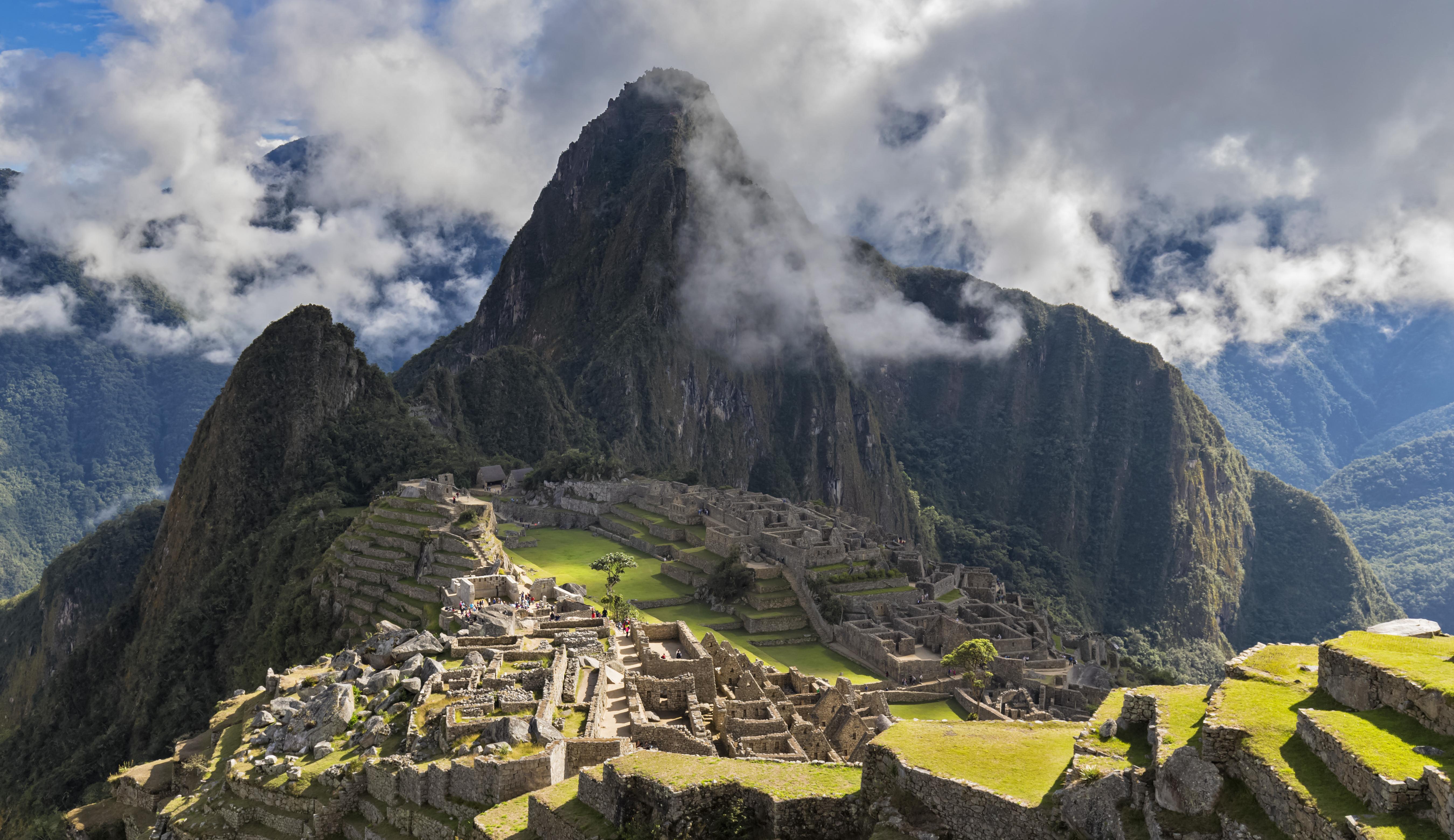
Nestled high in the Andes Mountains of Peru, Machu Picchu is a testament to the ingenuity and spirit of the Inca civilization. Often referred to as the "Lost City of the Incas," this ancient citadel was built in the 15th century and later abandoned, only to be rediscovered in the early 20th century. The breathtaking architecture of Machu Picchu, with its precisely cut stones and terraces, reflects a deep understanding of the natural environment. As visitors wander through its ruins, they are transported back to a time when the Incas thrived, mastering agriculture, astronomy, and architecture. The site continues to be a source of mystery and wonder, with many aspects of its purpose and construction still debated by historians and archaeologists. Machu Picchu stands as a symbol of resilience and cultural heritage, inviting travelers to ponder the mysteries of a civilization that continues to captivate the world.
2. The Pyramids of Giza: Echoes of Ancient Egypt

The Pyramids of Giza, standing majestically on the outskirts of Cairo, Egypt, are among the most iconic symbols of ancient civilization. These monumental structures, built as tombs for the pharaohs, have stood the test of time, witnessing the rise and fall of empires over millennia. The Great Pyramid, attributed to Pharaoh Khufu, is the largest and most famous, showcasing the architectural prowess of the ancient Egyptians. The pyramids' precise alignment with celestial bodies reflects the Egyptians' advanced understanding of astronomy. As visitors gaze upon these colossal edifices, they are reminded of the grandeur and ambition of a civilization that mastered the art of construction without modern technology. The pyramids continue to inspire awe and reverence, serving as a reminder of the enduring human quest to understand life, death, and the cosmos.
3. Petra: The Rose City of the Nabataeans
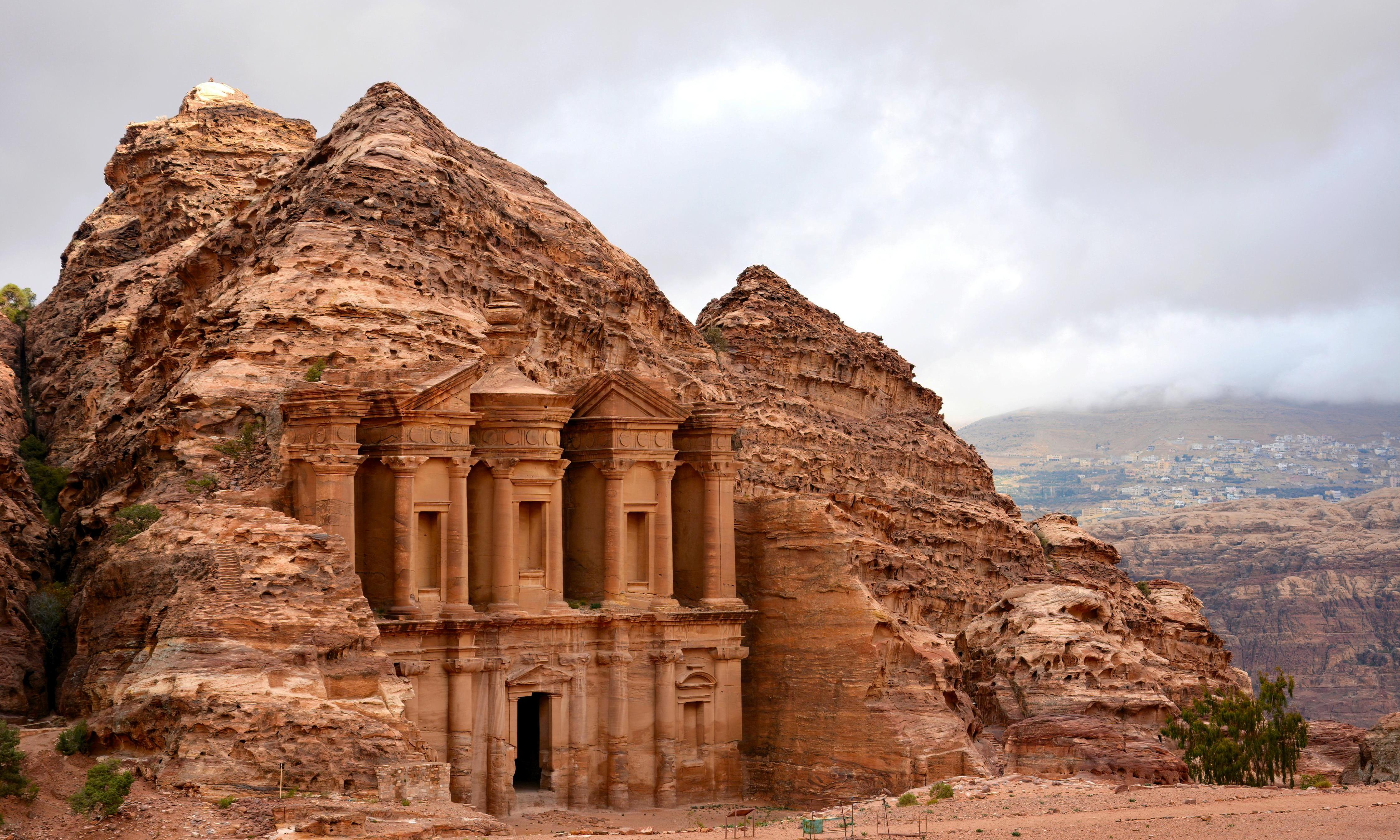
Carved into the rose-red cliffs of southern Jordan, Petra is a city that defies time. Known as the "Rose City" due to the color of the stone from which it is hewn, Petra was once the thriving capital of the Nabataean Kingdom. This ancient metropolis flourished as a center of trade and culture, strategically located at the crossroads of major caravan routes. The intricate facades of Petra's tombs and temples, such as the iconic Treasury and Monastery, reflect the artistry and engineering skills of the Nabataeans. As travelers navigate the narrow Siq, a gorge leading into the city, they are enveloped in an atmosphere of mystery and wonder. Petra's story is one of resilience and adaptation, as its people harnessed the harsh desert environment to create a thriving oasis. Today, Petra stands as a testament to the enduring legacy of human creativity and resourcefulness.
4. Angkor Wat: The Heart of the Khmer Empire
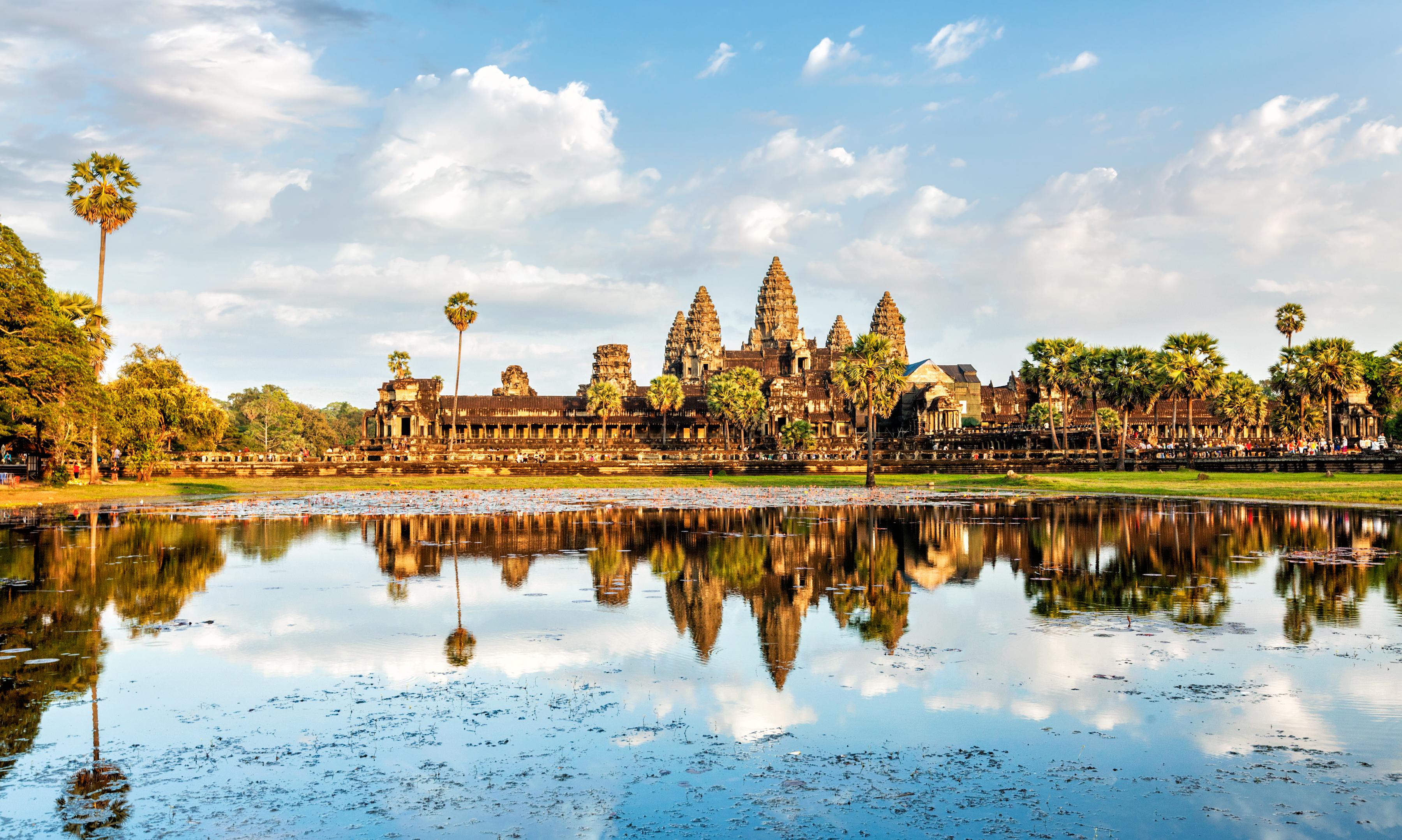
Angkor Wat, the largest religious monument in the world, stands as a symbol of Cambodia's rich cultural heritage. Built in the early 12th century by King Suryavarman II, this temple complex was originally dedicated to the Hindu god Vishnu before becoming a Buddhist site. The grandeur of Angkor Wat is evident in its intricate bas-reliefs and towering spires, which reflect the cosmological beliefs of the Khmer Empire. As visitors explore the vast complex, they are transported to a time when Angkor was the heart of a powerful empire that spanned much of Southeast Asia. The temple's alignment with the sun and its depiction of Hindu and Buddhist mythology reveal a deep connection between spirituality and the natural world. Angkor Wat continues to be a source of national pride and spiritual inspiration, drawing visitors from around the globe to witness its timeless beauty.
5. The Great Wall of China: A Monument to Endurance
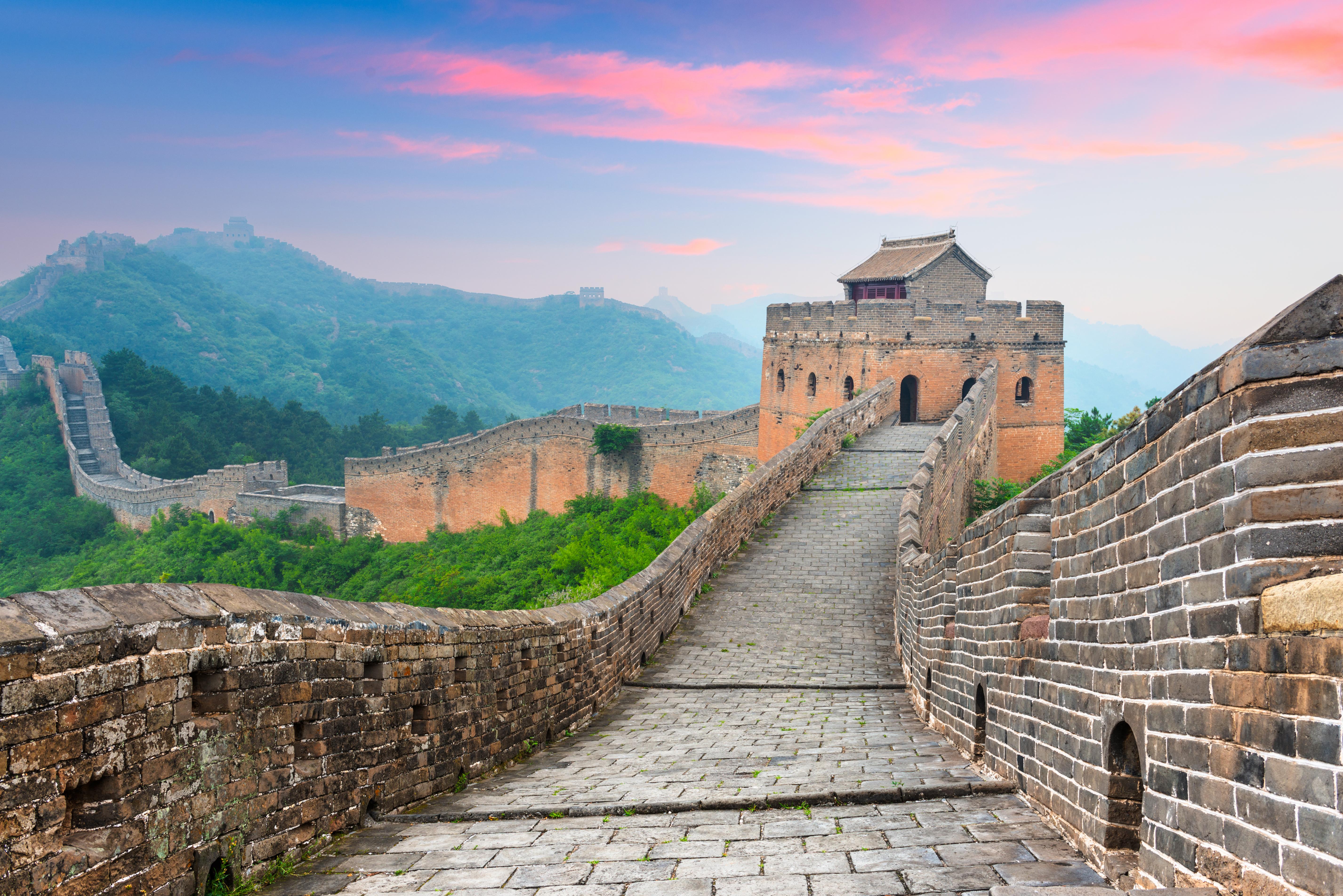
Stretching over 13,000 miles across northern China, the Great Wall is a monumental feat of engineering and endurance. Constructed over several dynasties, the wall served as a defense against invasions and a symbol of the strength and unity of the Chinese people. The Great Wall's serpentine path through rugged mountains and deserts reflects the determination and ingenuity of those who built it. As travelers walk along its ancient stones, they are reminded of the countless lives that contributed to its construction and the historical events that unfolded along its length. The wall stands as a testament to the enduring spirit of a civilization that has shaped the course of history. Today, the Great Wall continues to captivate visitors, offering a glimpse into the past and a reminder of the resilience of human endeavor.
6. Kyoto: The Timeless Beauty of Japan
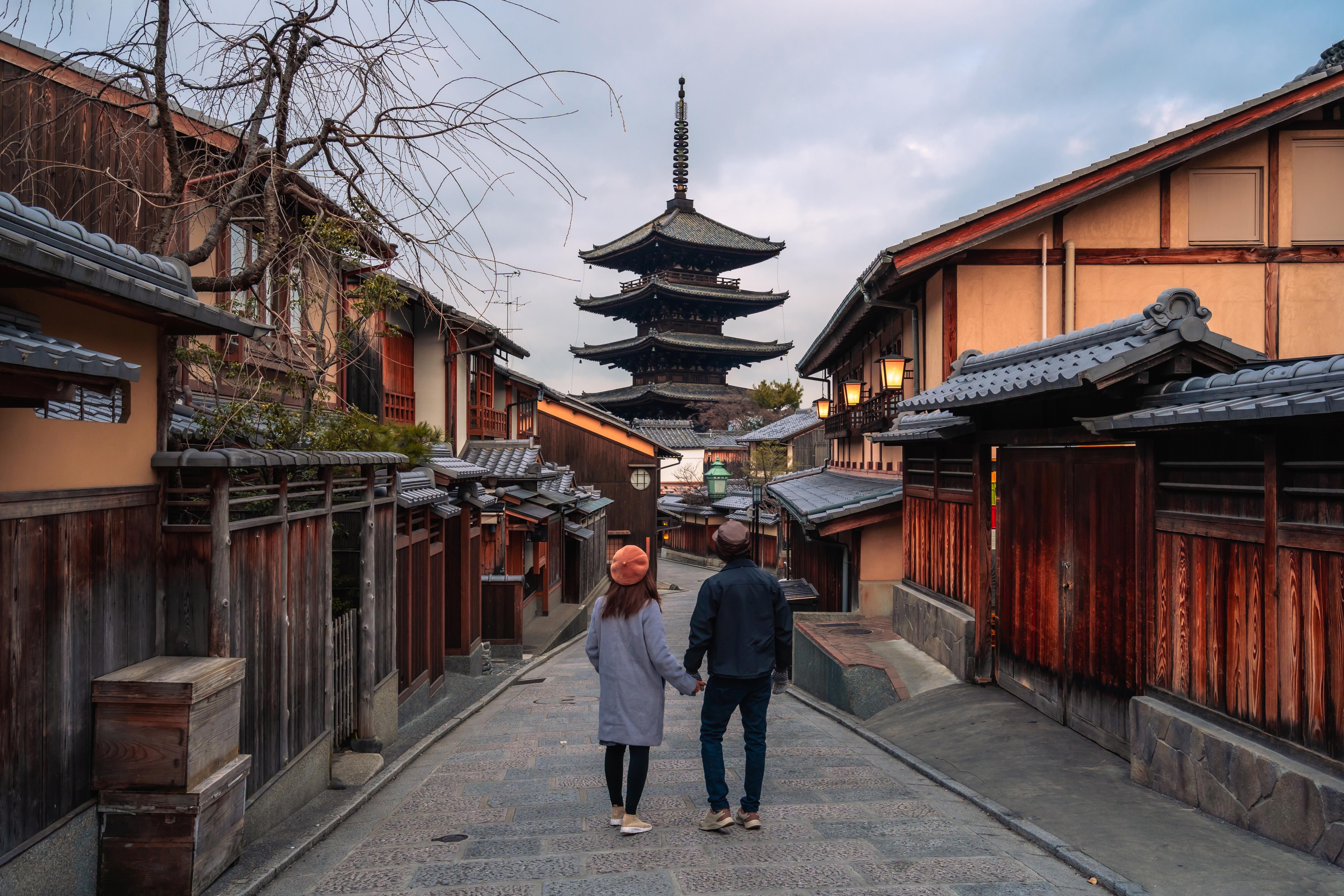
Kyoto, the former imperial capital of Japan, is a city where tradition and modernity coexist in perfect harmony. Known for its stunning temples, serene gardens, and historic tea houses, Kyoto offers a window into Japan's rich cultural heritage. The city's well-preserved architecture and cultural practices, such as the art of the tea ceremony and the elegance of geisha, reflect a deep respect for tradition. Visitors to Kyoto can experience the timeless beauty of the cherry blossoms in spring, the vibrant colors of autumn leaves, and the tranquil ambiance of Zen gardens. Kyoto's enduring appeal lies in its ability to transport travelers to a time when the values of harmony, respect, and tranquility were paramount. As a center of culture and learning, Kyoto continues to inspire and enchant, offering a timeless journey through the heart of Japan.
7. Rome: The Eternal City

Rome, often referred to as the "Eternal City," is a living museum where history and modernity intertwine. As the heart of the Roman Empire, the city is home to some of the world's most iconic ancient structures, including the Colosseum, the Pantheon, and the Roman Forum. These remnants of a once-mighty empire offer a glimpse into a time when Rome was the center of political, cultural, and architectural innovation. The city's rich tapestry of history is further woven with the influence of the Renaissance, evident in its stunning art and architecture. As visitors wander through Rome's cobblestone streets, they are enveloped in the stories of emperors, artists, and philosophers who have shaped the course of history. Rome's timeless allure lies in its ability to preserve the past while embracing the present, offering a captivating journey through the ages.
8. Athens: The Cradle of Western Civilization
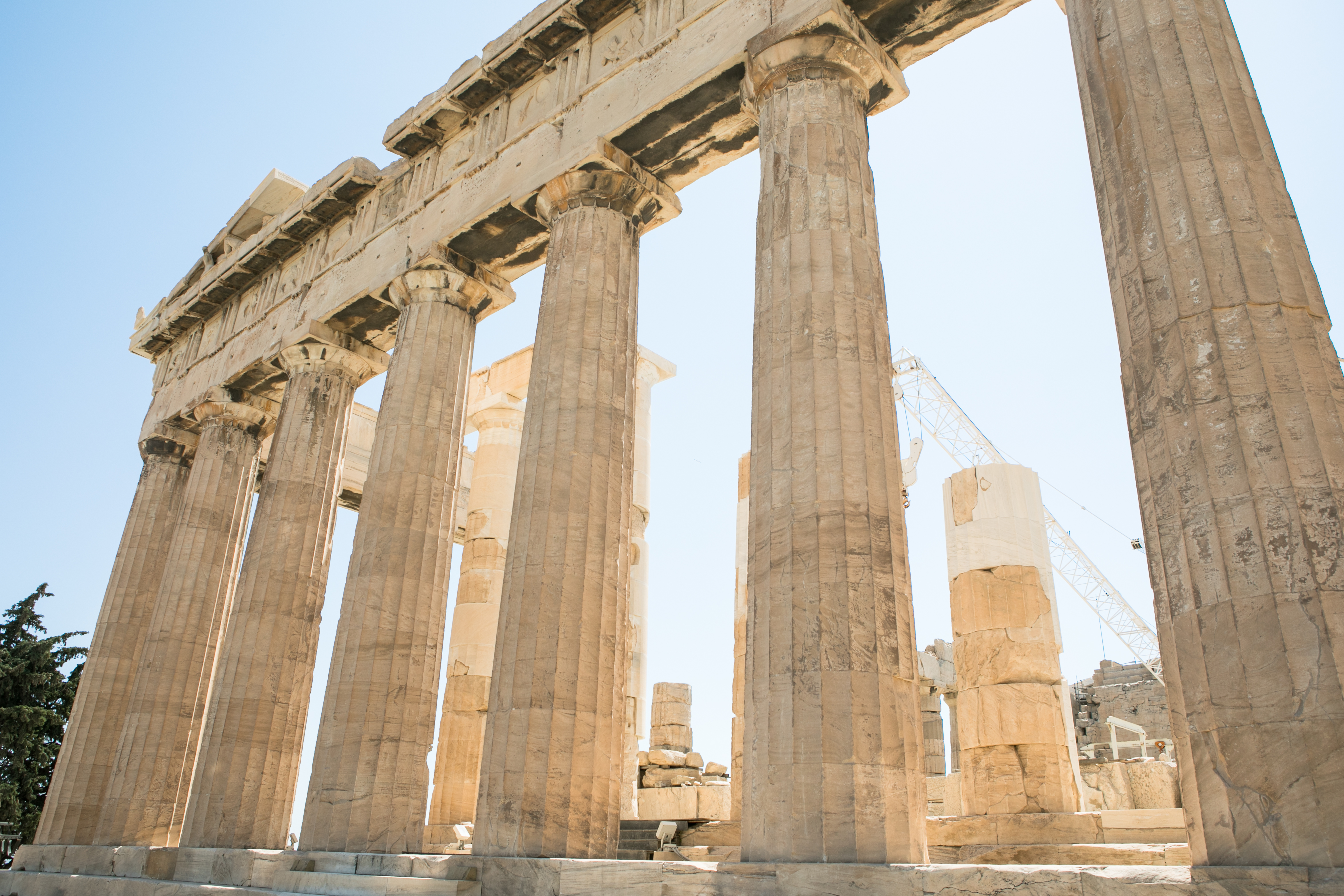
Athens, the capital of Greece, is often hailed as the cradle of Western civilization. This ancient city is steeped in history, with landmarks such as the Acropolis and the Parthenon standing as symbols of democracy, philosophy, and art. The legacy of ancient Athens is evident in its contributions to political thought, literature, and the arts, which continue to influence modern society. As travelers explore the city's historic sites and vibrant neighborhoods, they are transported to a time when Athens was a center of intellectual and cultural achievement. The spirit of inquiry and debate that characterized ancient Athens is still alive today, as the city continues to be a hub of creativity and innovation. Athens invites visitors to reflect on the enduring impact of its ancient civilization and the timeless ideals that continue to shape our world.
9. Varanasi: The Spiritual Heart of India
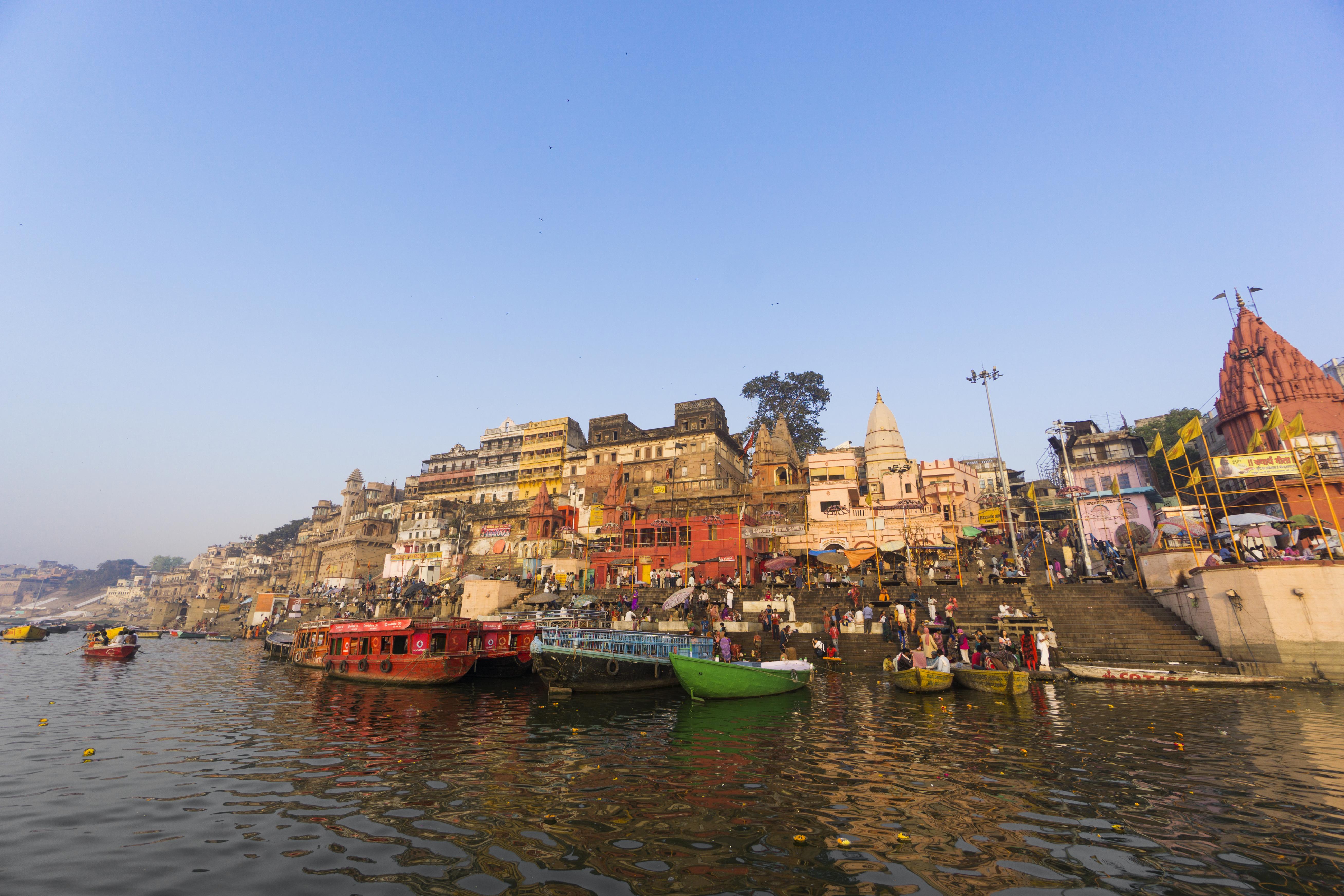
Varanasi, one of the oldest continuously inhabited cities in the world, is a place where spirituality and tradition converge. Situated on the banks of the sacred Ganges River, Varanasi is a major pilgrimage site for Hindus, who believe that bathing in the river can cleanse one's sins. The city's ghats, or steps leading to the river, are a focal point for religious rituals, including the mesmerizing Ganga Aarti ceremony. As visitors witness the devotion and rituals that unfold along the river, they are transported to a time when spirituality was a central aspect of daily life. Varanasi's narrow lanes and bustling markets offer a glimpse into a way of life that has remained largely unchanged for centuries. The city's timeless appeal lies in its ability to connect travelers with the spiritual traditions and cultural heritage of India, offering a profound journey of self-discovery and reflection.
10. Istanbul: Where East Meets West
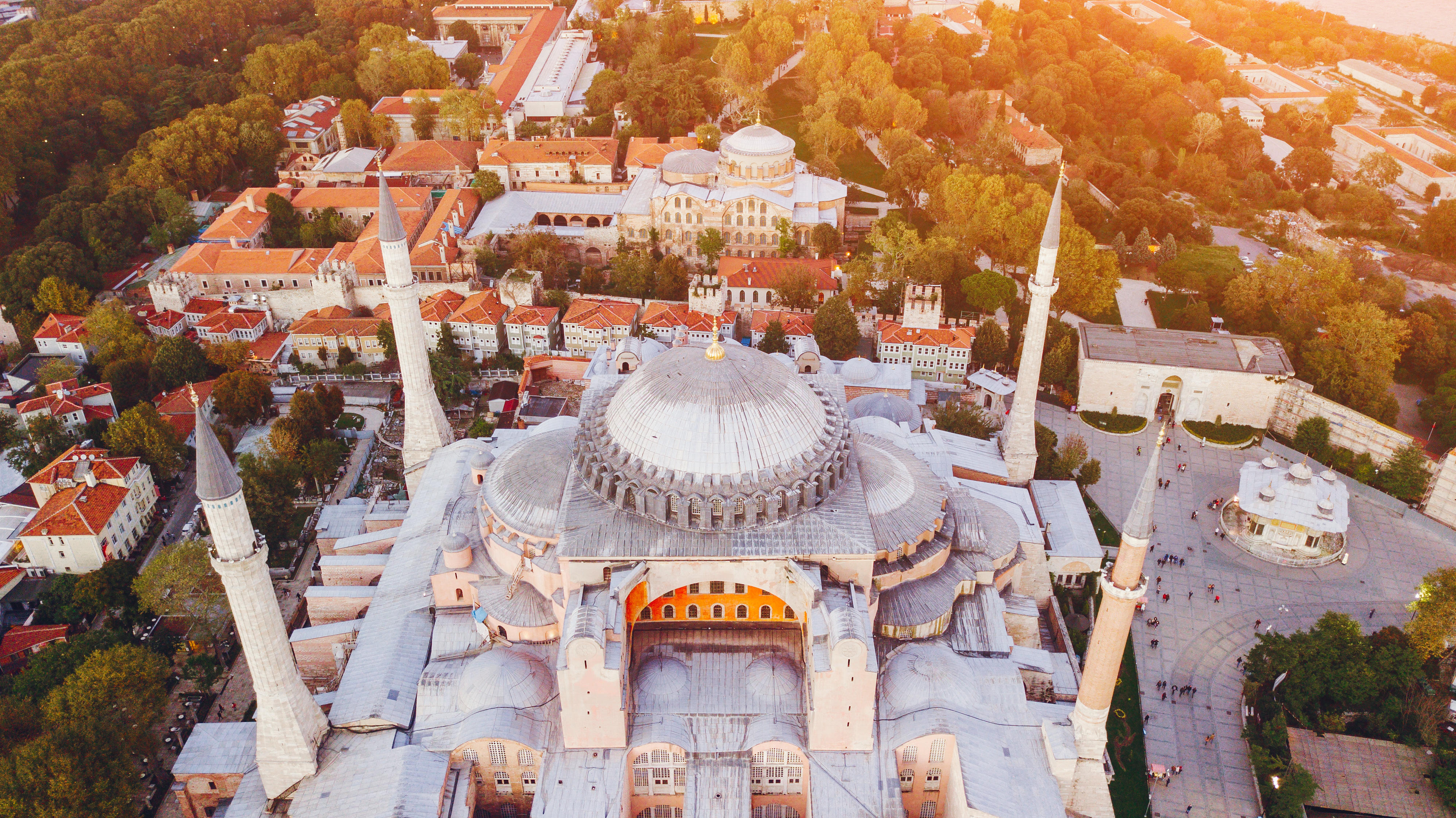
Istanbul, the city that straddles two continents, is a place where East meets West in a vibrant tapestry of cultures and traditions. As the former capital of the Byzantine and Ottoman Empires, Istanbul is steeped in history, with landmarks such as the Hagia Sophia, the Blue Mosque, and the Topkapi Palace standing as testaments to its rich past. The city's unique position as a crossroads of trade and culture has shaped its identity, creating a melting pot of influences that can be seen in its architecture, cuisine, and art. As travelers explore Istanbul's bustling bazaars and historic neighborhoods, they are transported to a time when the city was a center of power and culture. Istanbul's timeless allure lies in its ability to bridge the gap between past and present, offering a captivating journey through the heart of history.
11. Jerusalem: A City of Faith and History
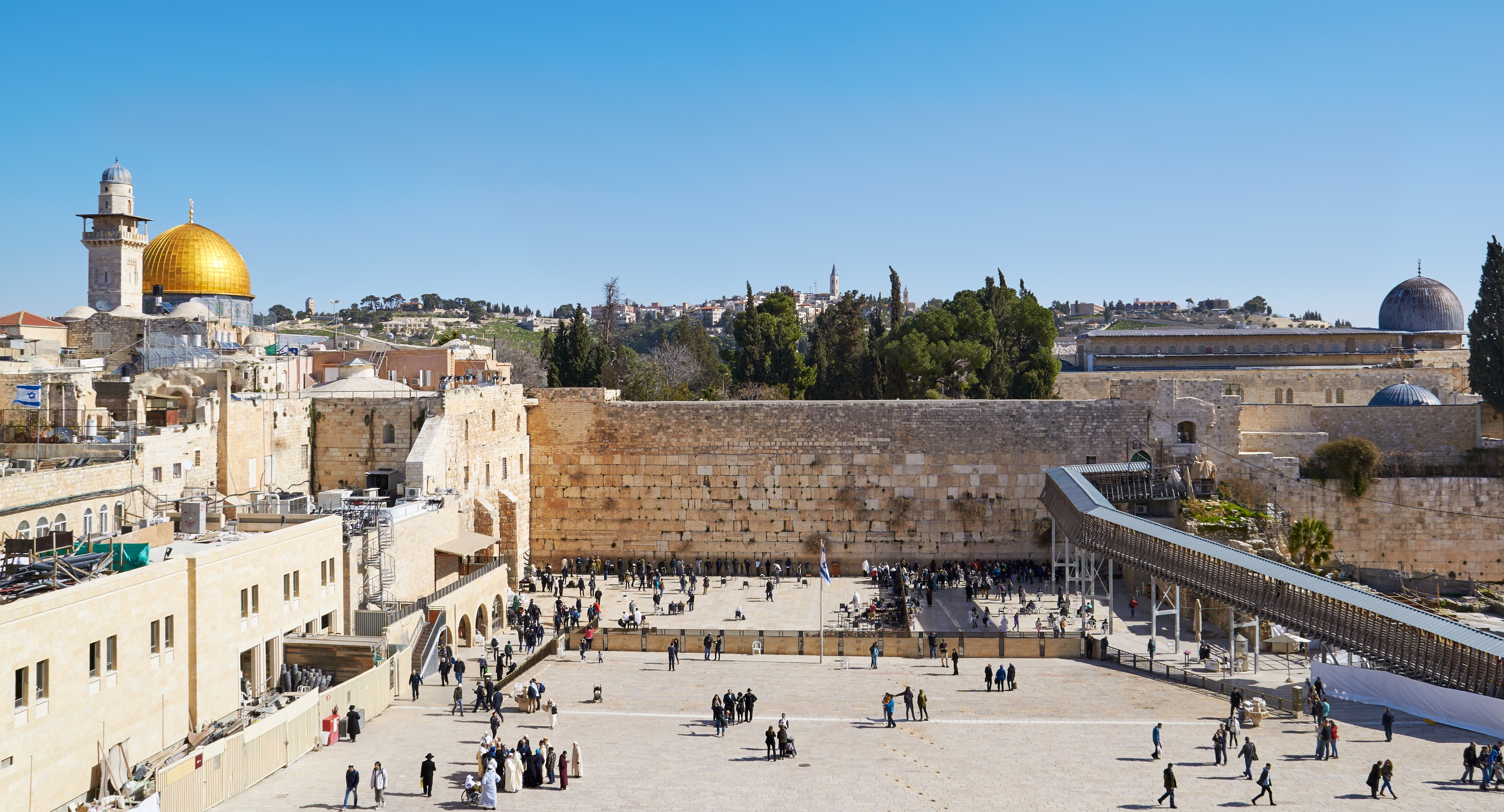
Jerusalem, a city revered by three major world religions, is a place where faith and history converge. As one of the oldest cities in the world, Jerusalem has been a focal point of religious devotion and conflict for millennia. The city's sacred sites, such as the Western Wall, the Church of the Holy Sepulchre, and the Dome of the Rock, draw pilgrims and visitors from around the globe. As travelers walk through the ancient streets of Jerusalem's Old City, they are enveloped in an atmosphere of reverence and contemplation. The city's rich tapestry of history and culture is woven with the stories of prophets, kings, and pilgrims who have left their mark on this sacred land. Jerusalem's timeless appeal lies in its ability to inspire reflection and connection, offering a profound journey through the heart of faith and history.
12. Cusco: The Gateway to the Sacred Valley
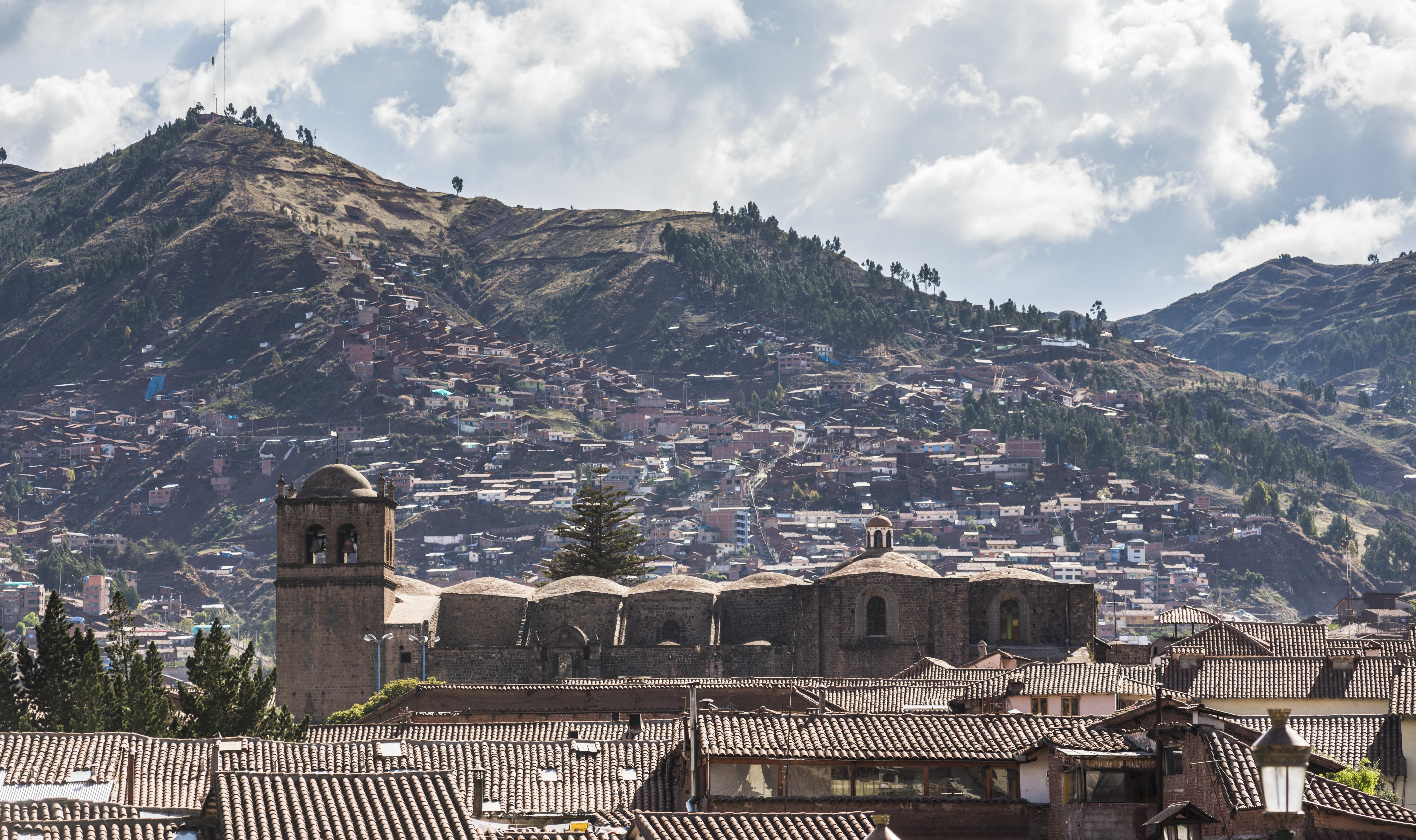
Cusco, the historic capital of the Inca Empire, is a city where history and culture are palpable in every corner. Located in the Peruvian Andes, Cusco serves as the gateway to the Sacred Valley and the iconic site of Machu Picchu. The city's rich heritage is evident in its well-preserved colonial architecture, vibrant markets, and traditional festivals. As visitors explore Cusco's cobblestone streets and ancient ruins, they are transported to a time when the city was a center of power and culture. The blending of Inca and Spanish influences is reflected in Cusco's unique character, offering a glimpse into the complex history of the region. Cusco's timeless allure lies in its ability to preserve the past while embracing the present, offering a captivating journey through the heart of Peru's cultural heritage.
The Enduring Legacy of Timeless Destinations

As our journey through these 12 destinations draws to a close, we are reminded of the enduring legacy of places where time stands still. These destinations offer more than just a glimpse into the past; they invite us to reflect on the timeless tales and cultural heritage that continue to shape our world. From the ancient ruins of Machu Picchu to the spiritual heart of Varanasi, each destination tells a story of resilience, creativity, and human endeavor. As travelers, we are privileged to witness the beauty and complexity of these timeless places, gaining insight into the shared history and values that connect us across generations. The journey through these destinations is not just a voyage through time but a celebration of the enduring spirit of humanity and the timeless stories that continue to inspire and captivate.








